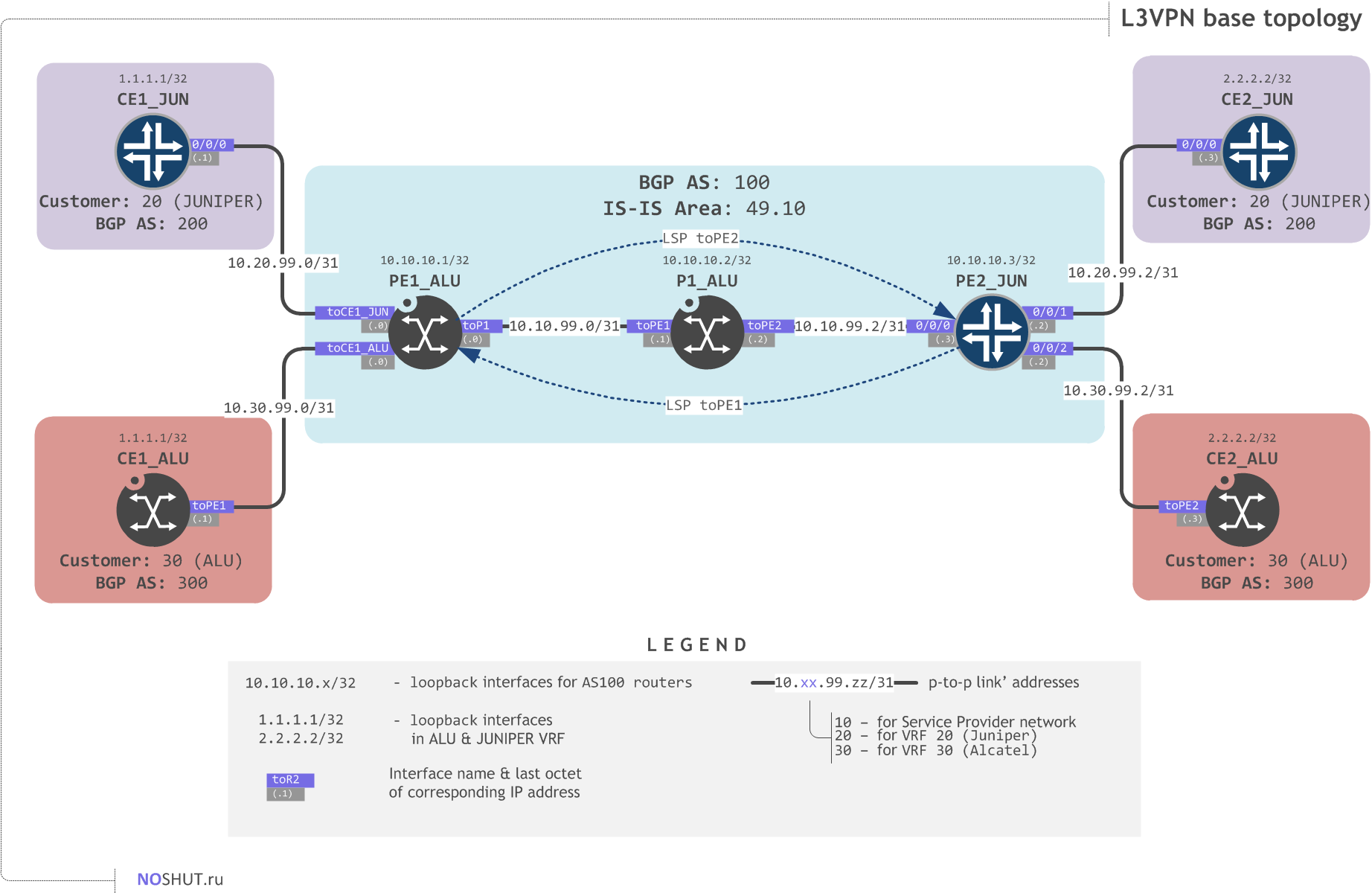Containerlab - your network-centric labs with a Docker UX
With the growing number of containerized Network Operating Systems (NOS) grows the demand to easily run them in the user-defined, versatile lab topologies. Unfortunately, container runtimes alone and tools like docker-compose are not a particularly good fit for that purpose, as they do not allow a user to easily create p2p connections between the containers.
Containerlab provides a framework for orchestrating networking labs with containers. It starts the containers, builds a virtual wiring between them to create a topology of users choice and then manages a lab lifecycle.
Containerlab focuses on containerized Network Operating Systems such as:
- Nokia SR-Linux
- Arista cEOS
- Azure SONiC
- Juniper cRPD
- FRR
In addition to native containerized NOSes, containerlab can launch traditional virtual-machine based routers using vrnetlab integration:
- Nokia virtual SR OS (vSim/VSR)
- Juniper vMX
- Cisco IOS XRv
- Arista vEOS
And, of course, containerlab is perfectly capable of wiring up arbitrary linux containers which can host your network applications, virtual functions or simply be a test client. With all that, containerlab provides a single IaaC interface to manage labs which can span contain all the needed variants of nodes:
